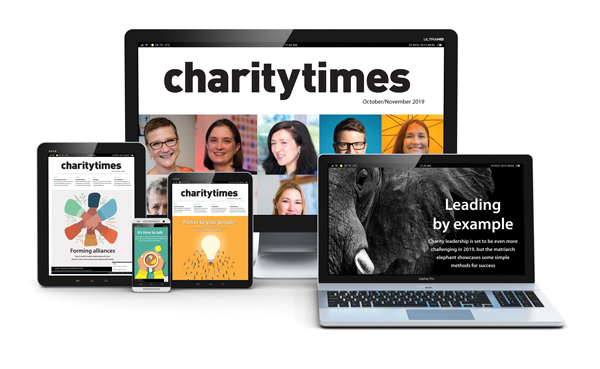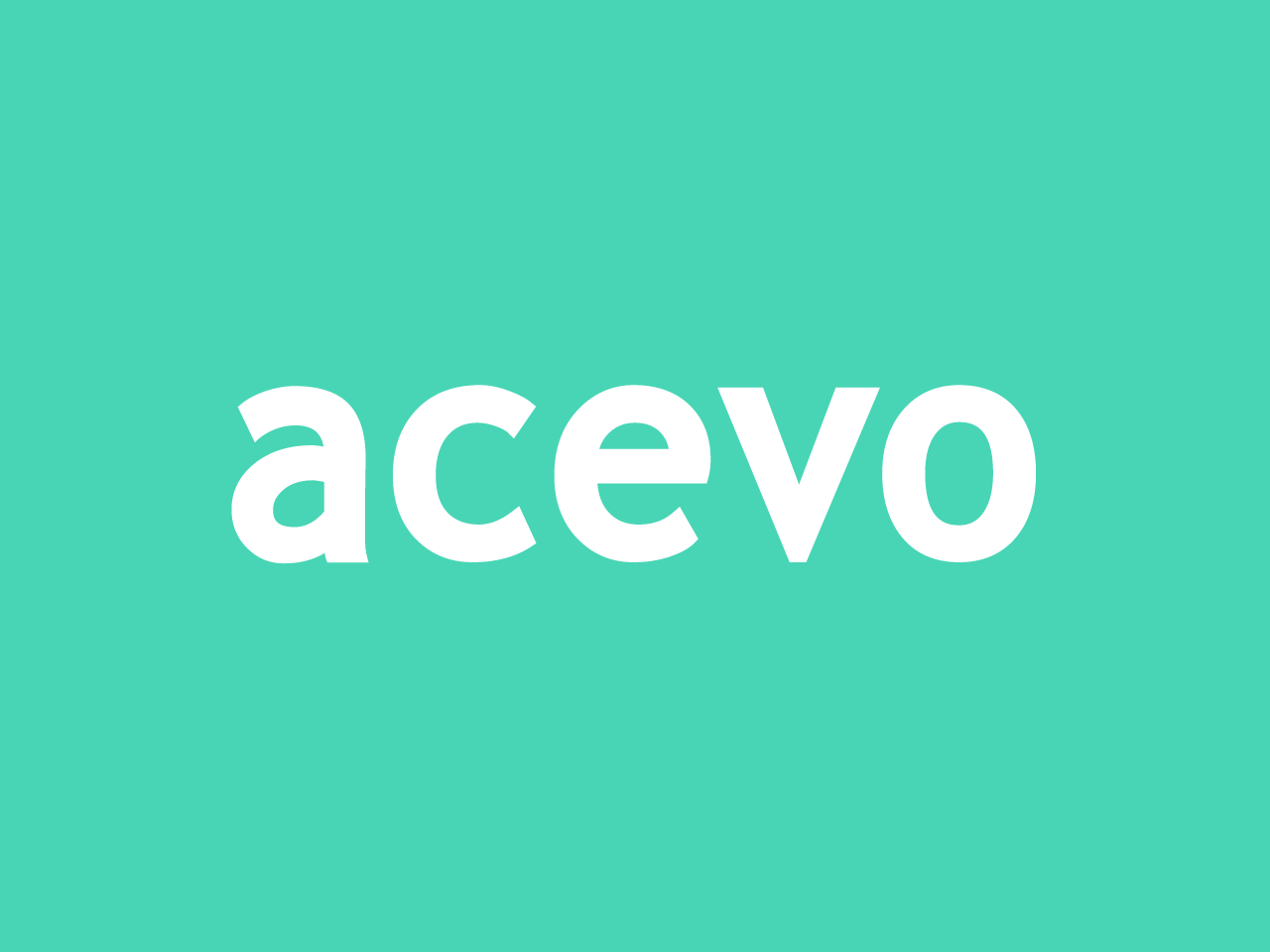It was a genuine joy to chair the Charity Times Conference 2025. The focus was 'how to respond to the challenging funding climate'.
A consistent theme was collaboration. But in a world where collaborators are likely to be funding competitors, how can we do this in ways that are good for our organisations and serve our mission?
The answer is to take an inclusive approach.
Choose the right partners
When thinking about partners we often consider collaborators in the same sector, but how can you look beyond the usual suspects? Missions need to align but they don’t have to be the same. How can an “out of the box” collaboration give your clients/ beneficiaries a greater “value add”? Who else might be looking for partners?
Leave ego at the door
Too many in-house debates on collaboration focus on how you can use it to build your own organisation’s profile and get your brand out there. This does matter, however what matters more is impact for your clients/beneficiaries. I’ve been party to many a discussion where the balance is wrong. Have you?
What can you offer?
In seeking collaboration, leaders often consider what they can get from prospective partners and only superficially think about what they offer. It’s important to think beyond tasks you will do and the expertise you bring. Are there networks you can open? Are there shadowing opportunities?
Thinking in this way will give your team and theirs the best experience of working together, allowing colleagues to develop deep relationships that can benefit well beyond the project.
Cultivate psychological safety
The set-up phase of every project is crucial, given different working cultures and expectations, different personalities, different reasons for being in a partnership etc. It can be tough, but less so if you do three things:
• In initial discussions, agree what a good working relationship looks like and be prepared to compromise
• Once the collaboration team is formed, explicitly discuss what people need from each other to feel psychologically safe enough to contribute
• At the end of every meeting, spend five minutes going round the room asking everyone to name one thing that is working well and one thing that needs to change, then act on what people say.
Go deep on roles and responsibilities
Beyond the obvious like who will do what and how decisions will be made, cover things like:
• How will disagreements be resolved
• How can people raise concerns if they are being treated badly by someone from a partner organisation, e.g. experiencing microaggressions
•Agree communications styles and approaches as well as when and through what medium you’ll communicate How can you use the partnership to grow?
Examples include:
• How can you capture and embed learning from your partners’ ways of working into your own?
• How can individuals capture and share personal learning?
• Can you formally embed learning opportunities into the project for all parties?
Finally… Inclusive collaboration, while highly rewarding, comes with challenges such as resistance to doing things differently, ingrained biases and communication barriers. It is crucial you are alive to challenges, deal with them promptly and approach obstacles with patience and perseverance.
If done right, collaboration can be life-changing for your beneficiaries and thrilling for your teams.
Charity Times video Q&A: In conversation with Hilda Hayo, CEO of Dementia UK
Charity Times editor, Lauren Weymouth, is joined by Dementia UK CEO, Hilda Hayo to discuss why the charity receives such high workplace satisfaction results, what a positive working culture looks like and the importance of lived experience among staff. The pair talk about challenges facing the charity, the impact felt by the pandemic and how it's striving to overcome obstacles and continue to be a highly impactful organisation for anybody affected by dementia.
Charity Times Awards 2023
Mitigating risk and reducing claims

The cost-of-living crisis is impacting charities in a number of ways, including the risks they take. Endsleigh Insurance’s* senior risk management consultant Scott Crichton joins Charity Times to discuss the ramifications of prioritising certain types of risk over others, the financial implications risk can have if not managed properly, and tips for charities to help manage those risks.
* Coming soon… Howden, the new name for Endsleigh.
* Coming soon… Howden, the new name for Endsleigh.
Better Society

© 2021 Perspective Publishing Privacy & Cookies











Recent Stories